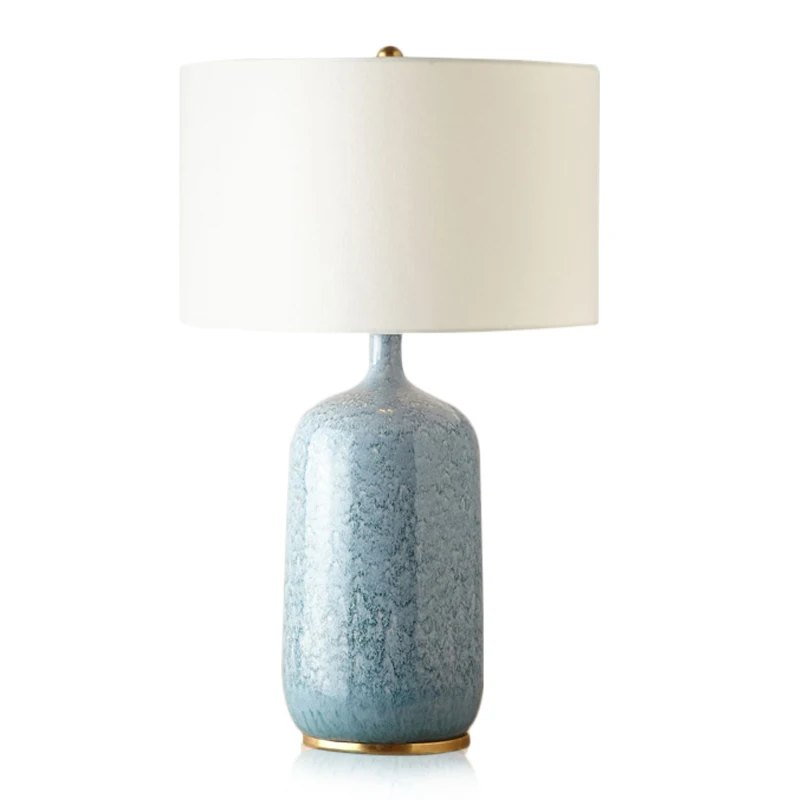
LEAFLETS
PRODUCTS
Illuminating Your Space The Ultimate Guide to Choosing the Perfect Floor Lamp for Your Home Decor and Ambiance
Understanding Your Needs and Space
Before diving into the aesthetics, consider the practical aspects. What is the primary purpose of the floor lamp? Is it for reading, general room illumination, or accent lighting? A task-oriented lamp, such as one with a focused, adjustable light head, is perfect for reading. For ambient lighting, a lamp with a wider, softer light diffusion is more appropriate. Consider the size of the room and the area where the lamp will be placed. A towering, ornate lamp might overwhelm a small space, while a petite lamp could get lost in a large room. Measure the area and visualize the lamp's proportions within the existing furniture arrangement.
Think about the existing lighting in your room. Do you have sufficient overhead lighting? Are there other lamps or light sources present? The floor lamp's role will be significantly different if it's the primary light source compared to if it’s a supplemental accent. Considering these factors ensures your new floor lamp enhances, rather than clashes with, your existing lighting scheme.
Style and Design: Reflecting Your Personal Taste
Floor lamps come in a vast array of styles, from classic and traditional to modern and minimalist. Consider the overall style of your room. A sleek, contemporary lamp might look out of place in a traditionally decorated room, and vice versa. Materials also play a crucial role. Metal lamps often offer a modern feel, while wooden lamps create a warmer, more rustic atmosphere. Fabric shades provide a softer, diffused light, while glass shades offer a brighter, more direct light.
Explore different base designs. Some lamps have simple, slender bases, while others feature intricate, sculptural bases that become statement pieces in themselves. Consider the base's material and its visual weight in relation to the shade and the overall style of your room. The color of the lamp base and shade is also important; choose colors that complement your existing furniture and wall colors. Don't be afraid to experiment with texture; a lamp with a woven shade or a textured base can add a layer of visual interest.
Lighting Type and Brightness: Tailoring the Light to Your Needs
The type of bulb you choose significantly impacts the light's quality and intensity. Incandescent bulbs offer a warm, yellowish light, but they are less energy-efficient. Halogen bulbs provide a brighter, whiter light but also consume more energy. Compact fluorescent lamps (CFLs) and light-emitting diodes (LEDs) are significantly more energy-efficient and last longer, offering a range of color temperatures from warm white to cool white.
Consider the wattage and lumens. Wattage indicates power consumption, while lumens measure brightness. Higher lumens mean brighter light. Choose a wattage and lumen level appropriate for the lamp's purpose and the size of the room. For reading, a higher lumen output is recommended, while for ambient lighting, a lower lumen output might suffice. Adjustable brightness is a fantastic feature, allowing you to customize the light level to suit different occasions and moods.
Height and Placement: Optimizing Functionality and Aesthetics
The height of the floor lamp is crucial for both functionality and aesthetics. A lamp that's too short might not provide adequate light for reading or other tasks. A lamp that's too tall might overwhelm the space or create an unbalanced look. Consider the height of your furniture, particularly seating areas. The lamp's shade should ideally be positioned at eye level or slightly above when seated.
Careful placement is paramount. Avoid placing the lamp directly in front of a window, as this can create glare. Similarly, avoid placing it too close to other furniture or objects. Ensure there's enough space around the base for easy movement and access to the switch. Consider the lamp's cord length to ensure it reaches a convenient power outlet without the need for extension cords.
Functionality and Features: Beyond the Basics
Many modern floor lamps offer additional features that enhance their usability. Adjustable arms and swivel heads allow you to direct the light precisely where you need it, making them ideal for reading or highlighting specific areas. Some lamps include dimmers, providing fine-tuned control over the light's intensity. Others incorporate USB ports for charging devices, adding convenience to their functionality.
Consider the lamp's switch mechanism. Traditional pull-chain switches are common, while some lamps have foot switches or in-line switches on the cord. Think about which type of switch is most convenient for your lifestyle and placement of the lamp. Features such as built-in shelving or integrated reading trays can further enhance a lamp’s practicality, making it a multifunctional addition to your home.
Budget and Maintenance: Balancing Value and Longevity
Floor lamps come in a wide range of prices. Determine your budget before you start shopping. While investing in a high-quality lamp is a wise choice in the long run, it's essential to find a lamp that fits your budget and meets your needs. Consider the materials used, the lamp's construction quality, and any warranties offered.
Think about the lamp's ease of maintenance. Choose a lamp with a shade that's easy to clean and replace. Some shades can be spot cleaned, while others require professional cleaning. Regular dusting and cleaning will help maintain the lamp's appearance and prolong its lifespan. Choosing durable materials will also contribute to the lamp's longevity, ensuring it remains a stylish and functional part of your home for years to come.
SUBSCRIBE
INQUIRY










